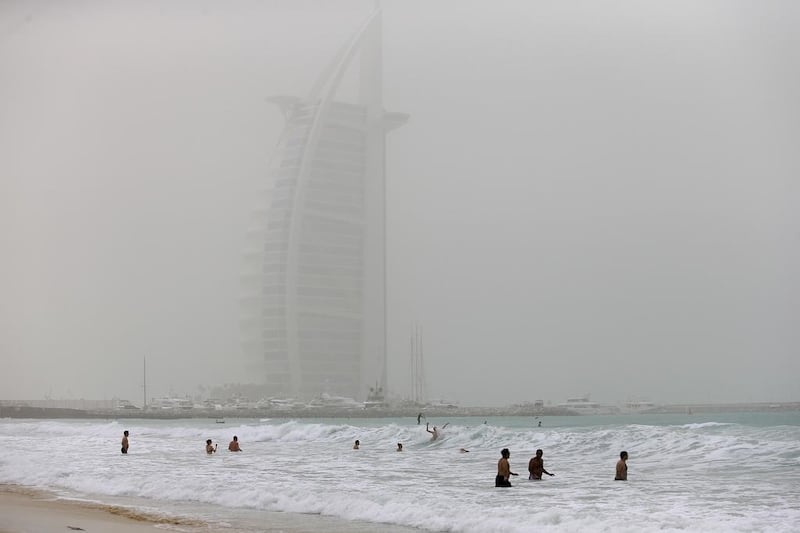ABU DHABI // The Ministry of Environment and Water has questioned the World Bank’s data-gathering methods after it claimed the UAE had the worst air pollution in the world.
The World Bank's The Little Green Data Book gives a much higher level of particulate pollution than was reported by the National Oceanic and Atmospheric Administration, which said the UAE had taken significant steps to improve ambient air quality.
“I don’t understand where they are getting this data from,” said Fahed Hareb, director of air quality at the ministry.
“The data we measure doesn’t even reach half of what they are talking about.
“There’s no mention of where they get their information. They never contacted us for data so those models can be based on anything.
“It’s like saying, ‘I think the population of India is 30 million because I heard it somewhere’.
“We’re in contact with them to try to understand where they got this information.”
Mr Hareb said the UAE’s high reading for particulate pollution was because of its desert climate.
Air is sucked through filters at quality stations, of which the UAE has 46. They collect particles smaller than a predetermined size. These are then counted and scientists use a formula to get a general idea of frequency.
In Europe, where those particles are usually carbon-based and harmful to people, that’s where the experiment ends. In the UAE, however, there is dust and sand kicked up by wind. Mr Hareb said dust and sand particles trapped by filters were included in the pollution level, which was wrong.
The World Bank report said the UAE’s rating of 80 micrograms of pollutants per cubic metre was higher than China’s at 73 and more than double India’s at 32.
The country has a target of 90 per cent adherence to the WHO air quality guidelines by 2021.
Efforts have been made to properly monitor and regulate emission levels in the past few years.
“There are currently 46 air quality monitoring stations, in addition to a range of dust monitoring stations in crusher and quarry sites as well as cement factories,” Mr Hareb said.
The ministry has been trying to find out what kind of data-gathering model the World Bank researchers have been using.
nalwasmi@thenational.ae





